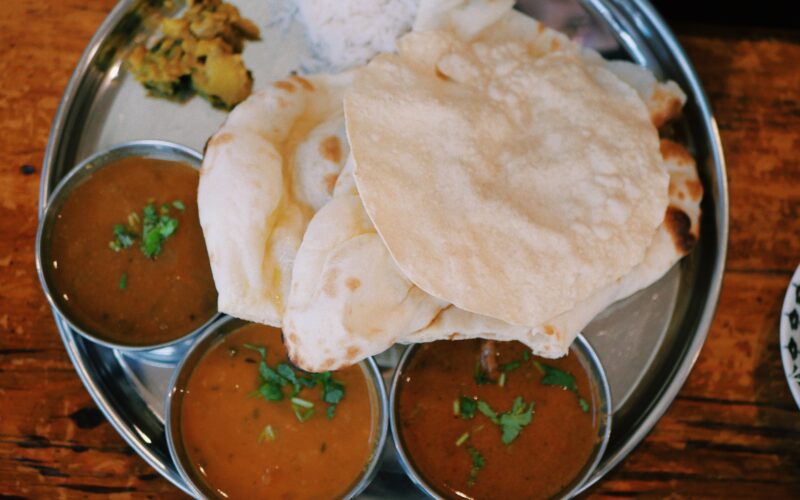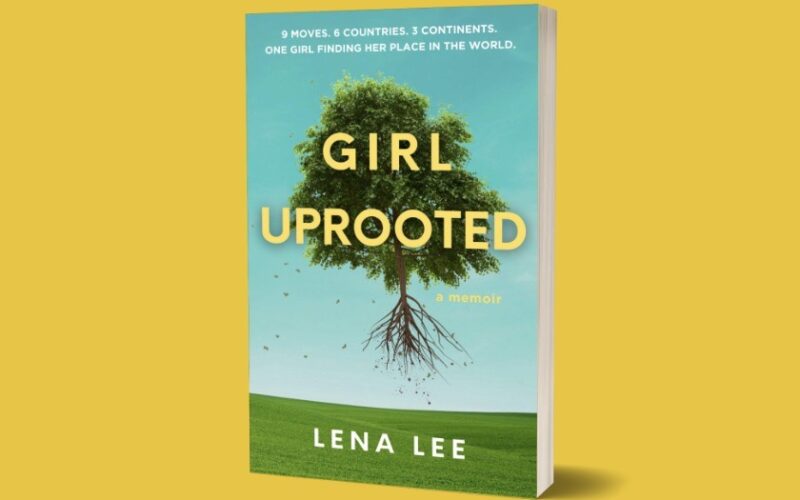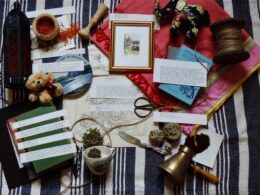by Keely Vedanayagam
I’m half German, half Indian, born and raised in the US. More specifically, I’m half Schwabisch, half Tamilian, born and raised in Portland, Oregon.
I’ve always leaned more into my Indian roots—I think there are a few reasons for that. My father immigrated from India when he was an adult, transitioning to American culture much later in life than my German mother did, who was (just barely) born in the US. In my experience, Indian culture also has a stronger potency to it—the colorful clothes, the belly-warming food, the close family bonds—they draw you in. Plus, with my dark hair, big eyes, long last name, and skin just tan enough to never have been sunburnt, Americans generally perceive me as Indian. And don’t we all take on the identity of how others see us?
The trouble is, I was seen differently depending on my setting. Growing up in Portland, I was Indian. I was the Indian girl in choir. I was the Indian girl at church. I was the Indian girl in our friend group. But not in India—there, I was American. During annual trips to Tamil Nadu I wasn’t dark enough to blend in; I didn’t speak the language, and I stood a head taller than other girls my age. Everywhere I went, people stared. I had to get used to that. I had to accept that I stood out there. I learned to stare back.
Fast forward to college: I got plugged into the black community and was dubbed “honorary Nigerian” by my friends. Afraid of being excluded, I didn’t feel Indian-enough to join the Indian groups. I decided that I would rather be accepted by a different culture than be rejected by a culture I called my own. I was trying to teach myself how to go through life as a bi-racial person—after all, both of my parents are mono-racial, so I couldn’t learn from them.
I decided that I would rather be accepted by a different culture than be rejected by a culture I called my own.
After graduation, my culturally conflicted identity reached a turning point. I was living in a small apartment in the middle of Los Angeles, right across the street from a Hindu temple. My neighborhood was filled with people of different ethnicities embracing aspects of Indian culture. I saw Caucasian women wearing bindis, bangles, and saris (tied sloppily). If they could wear a sari, why couldn’t I? At least I know how to tie one! Surrounded by other people wearing Indian clothes, I knew I wouldn’t stand out. My fear of not being Indian-enough was dissolving; and being half-Indian seemed more like an honor than a deficiency.
I was starting my own life in a new city and no one was going to tell me how Indian I was supposed to be. For the first time, I had a chance to decide that for myself. I learned to accept myself as a blend of both Indian and American cultures. I cooked chicken curry some nights and steak other nights. I could leave the house in shorts and a t-shirt, or dressed in a full salwar kameez—both are authentic expressions of who I am.
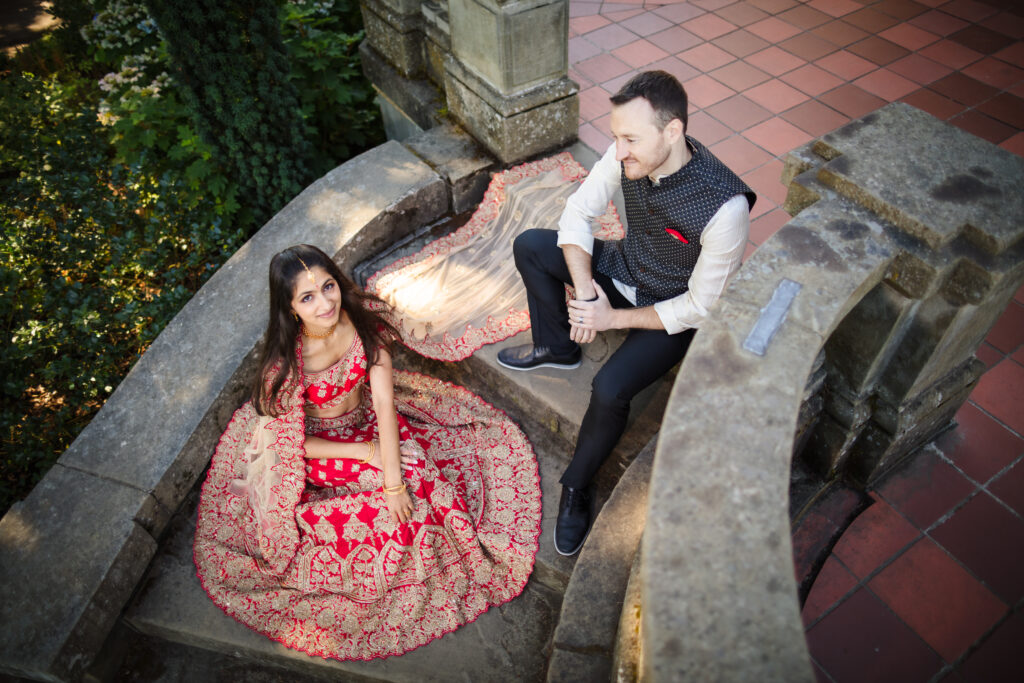
Fast forward to today. I’m married to another TCK (third culture kid). We chose to celebrate all the ethnicities we represent by having a two-day multicultural wedding—I wore a white wedding dress and also a red bridal lehenga.
We live together in the middle of Los Angeles, where I’m still a regular at the Indian grocery store down the street and at the pasta place around the corner.
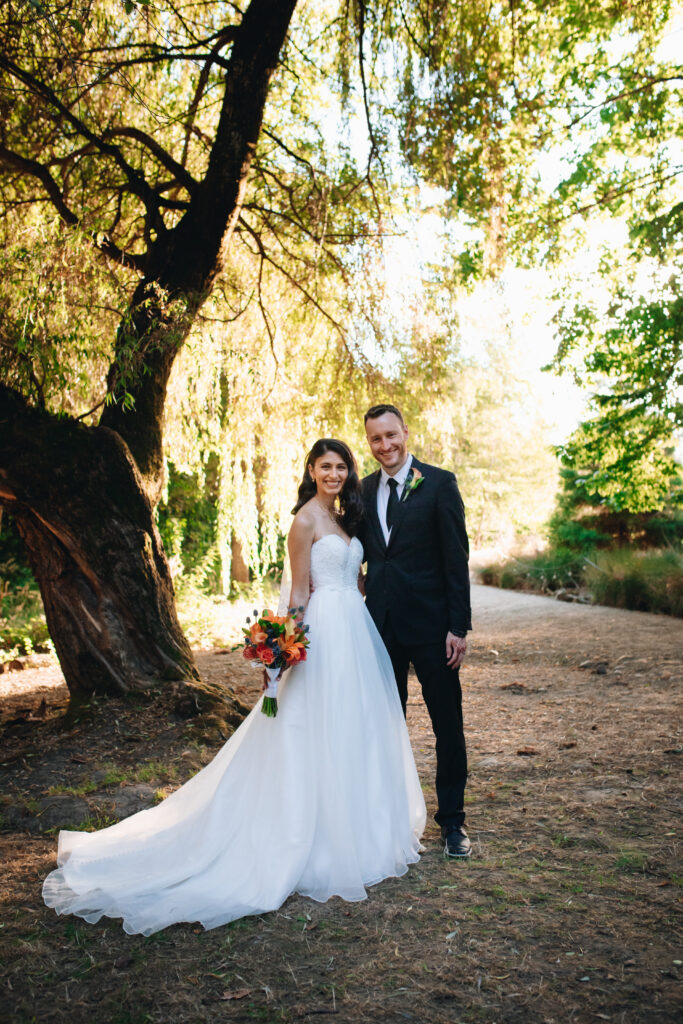
Born and raised in Portland, Oregon, Keely Vedanayagam currently lives a sunny southern California life in Los Angeles. Her background in applied mathematics and fine arts led her to the architecture industry where she works as a design strategist. She and her husband, Nathan, spend their free time eating good food, visiting family, and traveling the world.
Photo credit: Sarah Top






